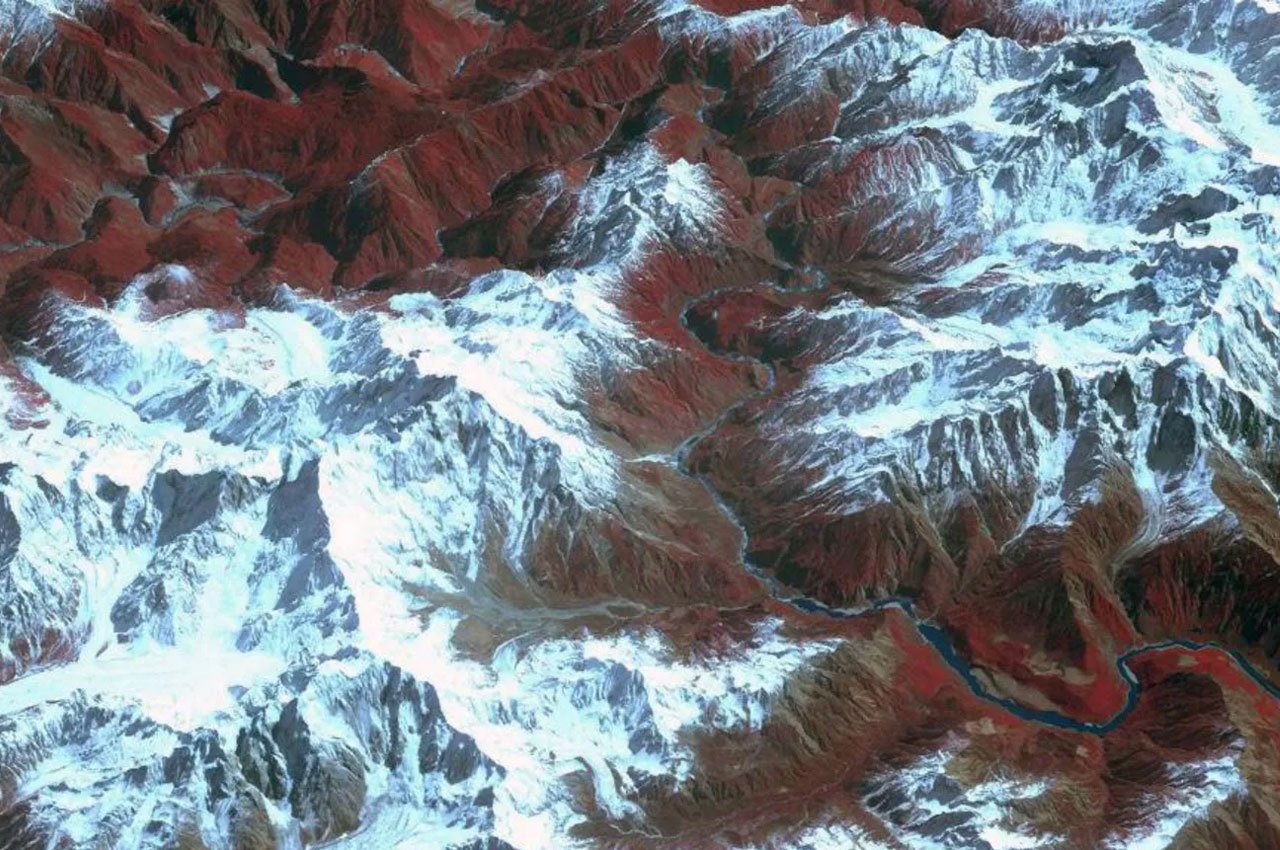As Beijing accelerates its investments in massive hydropower infrastructure on transboundary rivers, the projected world’s largest dam has sparked fears in the India. The project, set to claim the title of the world’s largest dam, underscores not only China’s ambition for renewable energy dominance, but also heightens anxieties in downstream nations like India over potential impacts on water flow, ecosystems, and geopolitical stability.
A mega-structure on a mega river
Located on the Mekong’s upper reaches, the dam is being built under the supervision of Chinese Premier Li Qiang. Once completed, the dam’s scale will surpass existing giants, potentially dwarfing the Three Gorges Dam in its capacity. China’s emphasis on “green development” and energy security is a central motivator, but environmentalists warn of far-reaching consequences for biodiversity and river health.
Communities in downstream nations – most notably India, along with Myanmar, Laos, Thailand, and Cambodia – fear reduced water flow during dry seasons, which would threaten agriculture, fisheries, and livelihoods that rely heavily on the Mekong. Experts are warning that reduced monsoon flows could impact India’s northeastern states, which share tributaries with the Mekong system.
Echoes of regional tension
Pakistan recently raised similar concerns over China’s Dasu Dam on the Indus River, citing local displacement and ecological disturbance. Combined with apprehensions over the Mekong project, these events suggest a broader pattern: China’s upstream hydropower expansion may be reshaping regional water politics.
In response, India has accelerated its own infrastructure plans, including bolstering reservoirs in the Brahmaputra basin. Delhi has also called for enhanced data-sharing and water-monitoring frameworks through regional forums, such as the Mekong–Ganga Cooperation (MGC), to mitigate transboundary disputes.
The ripple effect: strategic and climatic
Securing energy independence is one side of the coin; controlling river flows is another. Hydropower gives China strategic leverage – ability to regulate water availability at will. This could create bargaining power in broader regional diplomacy or be used tactically to influence downstream nations during droughts or low-flow seasons.
Furthermore, climate change intensifies the stakes. Warmer temperatures and shifting monsoon dynamics already threaten river stability. Meanwhile, mega-dams alter water seasonality, potentially magnifying flood risks during heavy rains and exacerbating shortages during dry spells. Downstream ecosystems, such as the Mekong Delta – may face increased vulnerability.
The global context: trend or anomaly?
The Mekong dam joins a growing list of China’s mammoth hydropower projects. Just weeks ago, China launched construction of a massive dam on the Nu River, marking its third such endeavor on international tributaries this year. Beyond China, governments in India, Pakistan, and Laos are accelerating dam construction to meet rising demand for clean energy. Yet this regional infrastructure boom draws a fine line between development goals and the risk of ecological imbalance.
What’s next?
Diplomacy over dam diplomacy? India has heightened calls for cooperative monitoring. Regional platforms like the MGC might facilitate shared river data, but they lack legal binding power. International law on transboundary water remains fragmented, and China is not a party to the Mekong River Commission.
Energy vs. Environment – remains the core tension. China’s hydropower drive is undoubtedly advancing its decarbonisation targets. However, ensuring environmental safeguards and equitable water allocation will be crucial to prevent wider ripple effects.
Local voices matter – From fishing villages in northeast India to frontline communities in Laos and Cambodia, concerns over livelihoods must be acknowledged. Community-level consultations – boosted by technology like satellite monitoring—can help tailor dam operations to minimize disruption.
Similar international developments
Similar developments are unfolding across the region, highlighting a broader trend in large-scale hydropower projects and the tensions they generate. In Pakistan, the recently launched Dasu Dam has sparked local opposition due to concerns over displacement and environmental degradation. Meanwhile, China continues to expand its domestic hydropower capacity, most notably with the Nu River dam in Yunnan, reinforcing its commitment to large infrastructure projects both at home and abroad. In response to these growing regional pressures, India is fast-tracking its own reservoir and water management initiatives, particularly in Assam and Arunachal Pradesh, to safeguard its water security. Further downstream, Laos’s Xayaburi and Don Sahong dams, both located on the Mekong River – have previously triggered diplomatic strain with Cambodia and Vietnam over water flow and ecological impact, underlining the geopolitical sensitivities surrounding transboundary rivers in Asia.
The Road Ahead: Navigating Regional Water Challenges
China’s construction of the world’s largest dam heralds a new chapter in regional water geopolitics. While heralded as a green energy triumph for Beijing, downstream nations like India are rightly concerned about decreased river flows, ecological consequences, and strategic leverage. In an increasingly drought-prone Asia, balancing mega-dam ambitions with shared stewardship of transboundary waters could define future regional cooperation—or conflict.
Photo Credit: BBC
For more trending stories click here
Follow us for latest updates:




